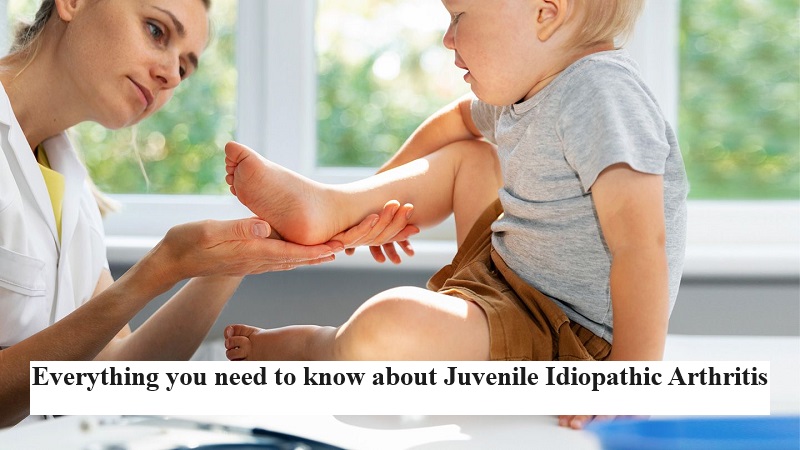
Juvenile Idiopathic Arthritis (JIA) is the most prevalent form of arthritis affecting children under the age of 16. It is characterized by an autoimmune response in which the body’s immune system attacks its own cells, leading to joint stiffness and inflammation. If left untreated, JIA can have detrimental effects on the growing bones of children, potentially causing growth delays and increased weight.
Children with JIA often experience joint pain, typically accompanied by morning stiffness that gradually subsides during the day, and fever.
The precise causes of juvenile arthritis are not yet fully understood. Some children with a genetic predisposition, particularly those inheriting the HLA DR4 gene, seem to be more susceptible. Exposure to certain environmental factors or viral infections is also considered as possible triggers for JIA, though further research is needed to establish clear associations.
A report from the Centers for Disease Control and Prevention indicates that around 220,000 children in the United States are affected by JIA. In India, there has been a recent increase in the number of JIA cases, possibly due to environmental factors, although the exact reasons for this upsurge remain unclear.
JIA encompasses a variety of symptoms and subtypes, including:
Oligoarticular JIA: The most common subtype, affecting children aged 2 to 4, and typically involving up to four large joints, such as knees and ankles.
Polyarticular: Occurring in children of all ages up to 12, it affects five or more smaller joints, like those in the neck, knees, jaw, and ankles, with both left and right joints equally affected.
Systemic onset JIA: An uncommon subgroup characterized by fever, aching joints, rashes, swollen glands, and fatigue.
Enthesitis-related: This subtype affects joints where bones meet tendons and ligaments, such as the spine, heels, hips, knees, and shoulders, and may lead to subsequent eye inflammation.
Psoriatic: In addition to swollen joints, it affects the skin, resulting in scaly rashes and inflammation in the fingers and toes.
Undifferentiated: Typically, an overlap between polyarthritis and psoriatic arthritis due to an unclear set of symptoms.
Diagnosing JIA can be challenging, as there is no single definitive test for the disease. It usually involves a combination of medical history, clinical examination by a rheumatologist, blood tests, imaging studies, and even eye examinations by an ophthalmologist.
JIA is not preventable and does not have a cure. However, early diagnosis allows children with JIA to achieve remission through various medical and physical treatments tailored to their age and the disease’s severity. Medical treatments may include disease-modifying antirheumatic medications (DMARDs) or newer medications called biologicals, which modulate the body’s immune response. With the introduction of these newer drugs, surgical interventions are rarely necessary, except in extreme cases with joint deformities.
Physical therapy is also recommended and may involve exercises, swimming, bicycling, and yoga to help manage the condition.

Post Your Comments